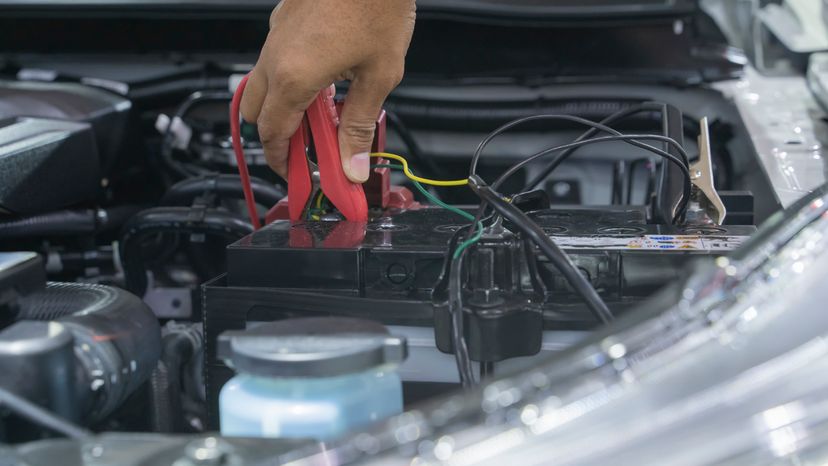
Learning how to charge a car battery is a critical skill for any driver, ensuring that your vehicle remains reliable and ready to hit the road at a moment's notice. Whether you're dealing with a dead battery or just performing routine maintenance, understanding the correct and safe way to charge a battery is essential.
Fortunately, we've got you covered. In this article, we'll walk you through the process of charging a car battery step-by-step. Even if you're a beginner, you'll be confidently charging car batteries like a pro in no time!
Advertisement